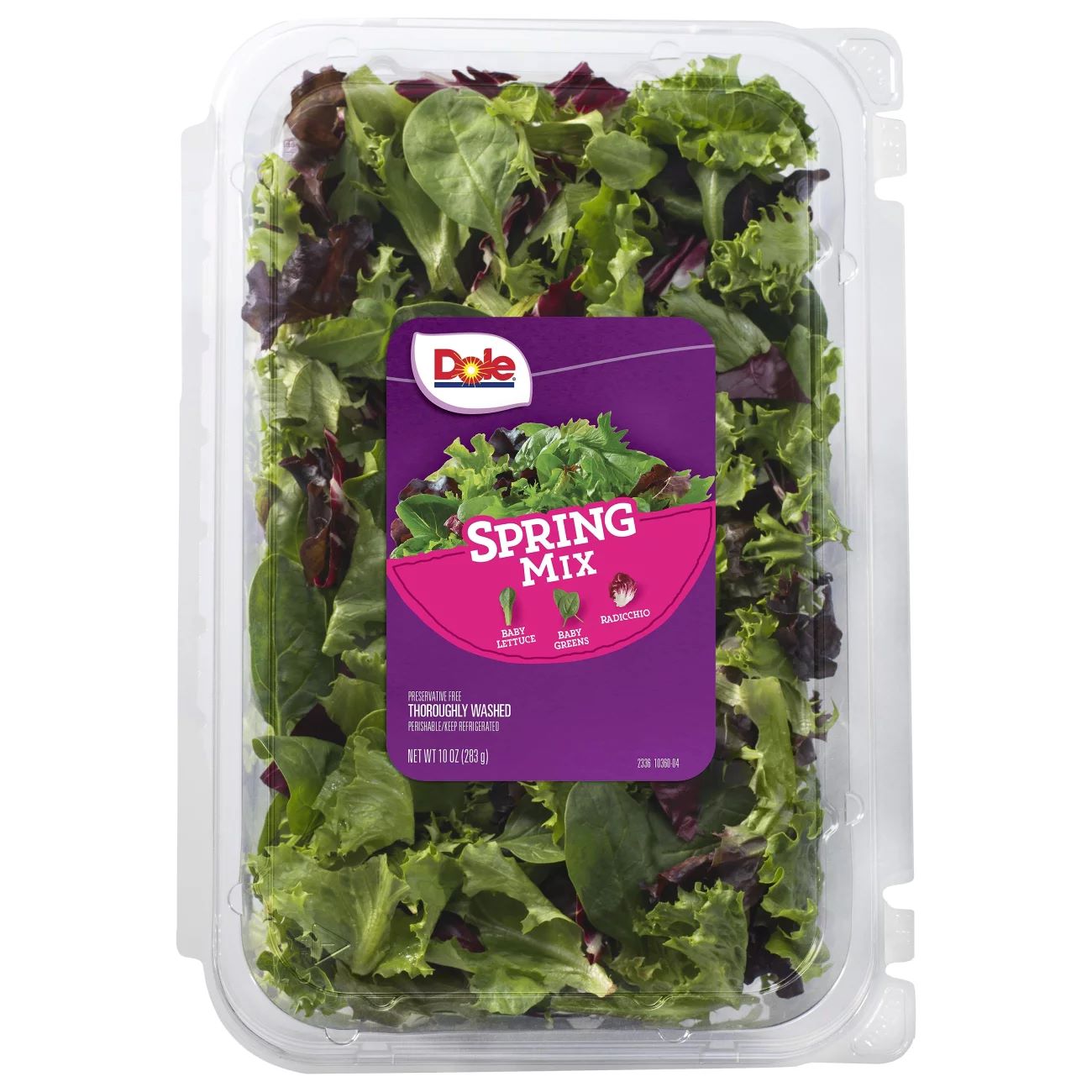

Articles
How To Store Spring Mix
Modified: January 7, 2024
Learn the best methods for storing spring mix in this comprehensive collection of articles. Keep your greens fresh and crisp with these handy tips.
(Many of the links in this article redirect to a specific reviewed product. Your purchase of these products through affiliate links helps to generate commission for Storables.com, at no extra cost. Learn more)
Introduction
Welcome to this comprehensive guide on how to store spring mix! If you’re a fan of fresh, crisp, and vibrant greens, then you know how important it is to properly store spring mix to maintain its flavor and nutritional value. Spring mix, also known as mesclun or mixed greens, is a delightful combination of various young and tender salad leaves.
Whether you’ve harvested it from your own garden or picked up a bag from the grocery store, knowing how to store spring mix correctly will help prolong its shelf life and keep it crunchy and delicious for longer.
In this article, we’ll dive into the importance of proper storage methods for spring mix, factors that affect its shelf life, the right storage containers to use, cleaning and preparing spring mix for storage, general guidelines for storing it, refrigerator storage tips, alternative storage methods, and signs of spoilage to watch out for.
So, let’s jump right in and learn how to store spring mix to maximize its freshness and enjoy it to the fullest!
Key Takeaways:
- Properly storing spring mix is crucial for maintaining its freshness, flavor, and nutritional value, ultimately reducing waste and saving money.
- Understanding the factors affecting the shelf life of spring mix and implementing the right storage methods can help maximize its freshness and enjoy it to the fullest.
Read more: How To Store Spring Mix In Fridge
Importance of Properly Storing Spring Mix
Properly storing spring mix is essential to maintain its freshness, texture, and nutritional value. Here are a few reasons why it’s important:
- Prolongs Shelf Life: Spring mix is a delicate, perishable item. Without proper storage, it can wilt, become slimy, or even spoil within a short period. Storing it correctly helps extend its shelf life, allowing you to enjoy it for longer.
- Maintains Flavor and Nutrients: Spring mix is packed with essential vitamins, minerals, and antioxidants. By storing it properly, you can ensure that it retains its vibrant colors, crisp texture, and optimal flavor. This ensures that you get the maximum nutritional benefits when consuming it.
- Saves Money: Tossing out wilted or spoiled spring mix is not only disappointing but also a waste of money. By knowing how to store it correctly, you can prevent unnecessary waste and make the most out of your purchase.
Now that we understand the importance of properly storing spring mix, let’s explore the factors that can affect its shelf life. By understanding these factors, we can make informed decisions about how to store it effectively.
Factors Affecting the Shelf Life of Spring Mix
Several factors can impact the shelf life of spring mix, and it’s crucial to be aware of them to ensure proper storage. Here are some main factors affecting the freshness and longevity of spring mix:
- Temperature: Spring mix is highly sensitive to temperature fluctuations. Exposure to high temperatures can cause the leaves to wilt and spoil quickly. On the other hand, extreme cold temperatures can freeze and damage the delicate leaves. Maintaining a cool and consistent temperature is vital for preserving the quality of spring mix.
- Humidity: Spring mix thrives in a moist environment when growing, but excessive moisture can lead to wilting and bacterial growth after harvesting. It’s important to strike a balance by keeping the leaves slightly damp but not overly wet during storage.
- Air Exposure: Oxygen exposure can lead to oxidation and deterioration of spring mix. When the leaves are exposed to air, they can become discolored and lose their crispness. Minimizing air exposure by storing spring mix in airtight containers or using plastic wrap can help extend its freshness.
- Contamination: Spring mix is prone to bacterial growth and contamination, especially if it comes into contact with cross-contaminated surfaces or other perishable foods. Properly washing and storing spring mix separately from other ingredients can reduce the risk of contamination and spoilage.
- Handling: Rough handling of spring mix can damage the leaves and accelerate wilting. It’s important to handle it gently, avoiding unnecessary squeezing or crushing of the leaves during storage.
By taking these factors into consideration, we can implement the right storage methods to optimize the shelf life of spring mix. In the next sections, we’ll explore the best containers to use, how to clean and prepare spring mix, and general guidelines for storing it.
Choosing the Right Storage Container for Spring Mix
When it comes to storing spring mix, choosing the right container is crucial to maintaining its freshness and quality. Here are some factors to consider when selecting a storage container for spring mix:
- Airtightness: Look for containers with airtight seals to minimize air exposure. This helps to prevent oxidation and keep the spring mix fresh for a longer period.
- Size: Choose a container that is appropriately sized to accommodate the amount of spring mix you have. Having too much empty space in the container can lead to excess air and moisture, while overcrowding can cause the leaves to become crushed and wilted.
- Material: Opt for food-grade plastic or glass containers that are non-reactive and safe for storing food. Ideally, the container should be transparent, allowing you to easily see the contents and monitor the freshness of the spring mix.
- Sealability: Ensure that the container has a tight-fitting lid or cover to create a secure seal. This helps to maintain the optimal humidity level inside the container and prevent any odor from seeping in or out.
- Easy to Clean: Choose a container that is easy to clean and sanitize. This is important to prevent the growth of bacteria or mold that can spoil the spring mix.
- Stackability: If you have limited storage space, consider containers that are stackable to maximize space efficiency.
Some popular options for spring mix storage containers include resealable plastic bags, plastic or glass food storage containers with airtight lids, or even vacuum-sealed bags or containers to further extend the shelf life.
Remember to thoroughly clean and sanitize the container before storing spring mix to minimize any potential contamination. Additionally, label the container with the date of storage to keep track of its freshness.
Now that you know how to choose the right storage container, let’s move on to the next step: cleaning and preparing spring mix for storage.
Cleaning and Preparing Spring Mix for Storage
Properly cleaning and preparing spring mix before storage is essential to remove any dirt, debris, or potential contaminants. Follow these steps to ensure that your spring mix is ready to be stored:
- Rinse the Leaves: Start by giving the spring mix leaves a gentle rinse under cold, running water. This helps to remove any surface dirt or residues. Avoid using hot water as it can wilt the delicate leaves.
- Inspect for Quality: While rinsing, inspect the leaves for any signs of wilting, browning, or sliminess. Remove any damaged or spoiled leaves to prevent them from affecting the rest of the spring mix.
- Spin or Pat Dry: After rinsing, use a salad spinner or gently pat the leaves dry with a clean kitchen towel or paper towels. Excess moisture can lead to wilting and accelerate spoilage, so it’s important to remove as much water as possible.
- Optional: Store with Damp Paper Towel: To help maintain the moisture level of the spring mix, you can place a slightly damp paper towel in the storage container, either on top or at the bottom. This can prevent the leaves from drying out while stored.
- Do Not Dress the Leaves: It’s advisable not to dress or season the spring mix before storage. The moisture from the dressing can cause the leaves to become soggy and wilted. It’s best to dress the salad just before serving.
Remember to handle the spring mix with care during the cleaning and drying process to prevent any bruising or damage to the leaves.
Now that your spring mix is clean and prepped, it’s time to move on to the next section, where we’ll discuss the general guidelines for storing spring mix.
Store spring mix in a resealable plastic bag with a paper towel to absorb excess moisture. Keep it in the crisper drawer of the refrigerator and use within a few days for best freshness.
Read more: How To Store Salad Mix
General Guidelines for Storing Spring Mix
Following some general guidelines for storing spring mix will help maintain its freshness and extend its shelf life. Here are some key points to keep in mind:
- Store in the Refrigerator: Spring mix is best stored in the refrigerator, which provides a cooler and more controlled environment. The temperature range of 36 to 40 degrees Fahrenheit (2 to 4 degrees Celsius) is ideal for preserving the freshness of the leaves.
- Use Airtight Containers: Transfer the cleaned and dried spring mix to an airtight container or resealable plastic bag. This helps to minimize air exposure and prevent wilting.
- Label and Date: Label the storage container with the date of storage to keep track of its freshness. This will help you know when the spring mix should be used by or discarded.
- Store Separate from Ethylene-Producing Fruits: Ethylene, a natural gas produced by certain fruits (such as apples and bananas), can accelerate the spoiling process of spring mix. To prevent this, store spring mix separately from ethylene-producing fruits.
- Stack Properly: If using multiple containers, stack them properly in the refrigerator to maximize space efficiency without crushing the leaves.
- Keep Away from strong odors: Avoid storing spring mix near strong-smelling foods, as the leaves can absorb odors and alter their flavor.
By following these guidelines, you can help ensure that your spring mix stays fresh and flavorful for as long as possible. However, it’s important to note that spring mix is still a perishable item, and its shelf life will vary depending on various factors, such as its freshness at the time of purchase.
In the next section, we’ll delve into some specific refrigerator storage tips for spring mix to further optimize its freshness.
Refrigerator Storage Tips for Spring Mix
To maximize the shelf life and freshness of your spring mix, follow these refrigerator storage tips:
- Temperature Control: Ensure that your refrigerator is set to a temperature between 36 to 40 degrees Fahrenheit (2 to 4 degrees Celsius). This helps to maintain an optimal environment for the spring mix, keeping it cool without freezing.
- Proper Placement: Place the container of spring mix in the main body of the refrigerator, away from the coldest spots (such as the back or near the vents). This helps to prevent freezing or exposure to excessively low temperatures.
- Upwards Orientation: Store the container in an upright position to prevent any crushing or damage to the spring mix leaves. Avoid placing heavy items on top of the container.
- Don’t Overstuff: Avoid overcrowding the refrigerator, as it can hinder proper air circulation. Adequate airflow helps maintain the freshness of the spring mix.
- Regular Check and Rotation: Periodically check the spring mix for any signs of spoilage, such as wilting, discoloration, or a slimy texture. If you notice any spoilage, discard the affected leaves or the entire batch if necessary. Additionally, rotate the container occasionally to ensure equal exposure and prevent any potential condensation.
- Consume within the Recommended Timeframe: While spring mix can last up to a week when properly stored, it’s best to consume it within 3-5 days for optimal freshness and flavor.
Remember, these tips serve as general guidelines, and the actual shelf life of your spring mix may vary depending on factors such as its initial freshness, storage conditions, and handling.
In the next section, we’ll explore alternative storage methods for spring mix for those who may not have access to a refrigerator or want to try different approaches.
Alternative Storage Methods for Spring Mix
If you don’t have access to a refrigerator or want to explore alternative storage methods for spring mix, here are a few options to consider:
- Root Storage: If your spring mix has the root intact (such as when harvested from your own garden), you can store it in a glass of water. Place the roots in the water and cover the leaves with a plastic bag. This method helps to maintain the vitality of the greens and can extend their shelf life for a few days.
- Cool Storage: If you have a cool spot in your home, such as a basement or cellar, you can store spring mix at a lower temperature. Ensure that the area is well-ventilated and away from direct sunlight. Place the spring mix in a breathable container or wrap it in a damp paper towel to maintain the moisture levels.
- Freezing: While freezing is not the ideal storage method for spring mix, it can be used as a last resort to prevent waste. Keep in mind that freezing may affect the texture of the leaves, making them wilted when thawed. To freeze spring mix, blanch the leaves quickly in boiling water, plunge them into an ice bath to cool, pat them dry, and place them in a freezer-safe bag or container.
It’s important to note that these alternative storage methods may not preserve the freshness and quality of spring mix as effectively as refrigeration. Therefore, it’s always recommended to use a refrigerator for optimal results.
Now that we’ve covered alternative storage methods, let’s move on to discussing the signs of spoilage to watch out for in spring mix.
Signs of Spoilage in Spring Mix
Being able to identify the signs of spoilage in spring mix is crucial to ensure that you consume it while it is still fresh and safe for consumption. Here are some common signs of spoilage to watch out for:
- Wilted Leaves: If the leaves of the spring mix look limp, wilted, or droopy, it’s a clear indication that the greens have started to lose their freshness and are no longer at their peak.
- Discoloration: Beware of any discoloration on the spring mix leaves. Yellowing, browning, or dark spots may indicate decay or the growth of bacteria or fungi.
- Slime or Slimy Texture: A slimy or slippery texture on the leaves is a strong indication that the spring mix has started to spoil. This sliminess often indicates the presence of bacterial growth.
- Mold: If you notice any fuzzy patches or visible mold growth on the spring mix leaves, it’s a clear sign that the greens have become contaminated and should be discarded.
- Unpleasant Odor: Fresh spring mix should have a mild, earthy scent. If you detect any foul or unpleasant odor coming from the leaves, it is best to err on the side of caution and discard them.
- Slimy Liquid in Container: When you open the storage container and find a pool of slimy liquid at the bottom, it signifies that the spring mix has deteriorated and should not be consumed.
If you notice any of these signs of spoilage, it is recommended to discard the affected leaves or the entire batch to avoid any potential health risks.
By being vigilant and regularly inspecting the spring mix for these signs, you can ensure that you enjoy it while it is fresh and at its best quality.
Now that you know how to identify spoilage in spring mix, it’s time to wrap up this guide.
Read more: How To Store Mixed Greens
Conclusion
Properly storing spring mix is essential to maintain its freshness, flavor, and nutritional value. By following the guidelines outlined in this article, you can extend the shelf life of spring mix and prevent unnecessary waste.
We discussed the importance of properly storing spring mix to prolong its shelf life, factors that can affect its freshness, and how to choose the right storage container. We also covered the necessary steps to clean and prepare spring mix for storage, along with general guidelines for storing it in the refrigerator.
Furthermore, we explored alternative storage methods for those who may not have access to a refrigerator, as well as the signs of spoilage to watch out for in spring mix. Recognizing these signs can help you avoid consuming spoiled greens and prioritize your health and well-being.
Remember, while spring mix can last up to a week when stored properly, it’s always best to consume it within 3-5 days for optimal freshness.
By implementing these storage practices, you can enjoy crisp, vibrant, and flavorful spring mix in your salads, sandwiches, and more. So, the next time you bring home a bundle of these delightful greens, remember to store them correctly to savor their freshness for as long as possible.
Happy storing and enjoy your delicious spring mix!
Frequently Asked Questions about How To Store Spring Mix
Was this page helpful?
At Storables.com, we guarantee accurate and reliable information. Our content, validated by Expert Board Contributors, is crafted following stringent Editorial Policies. We're committed to providing you with well-researched, expert-backed insights for all your informational needs.
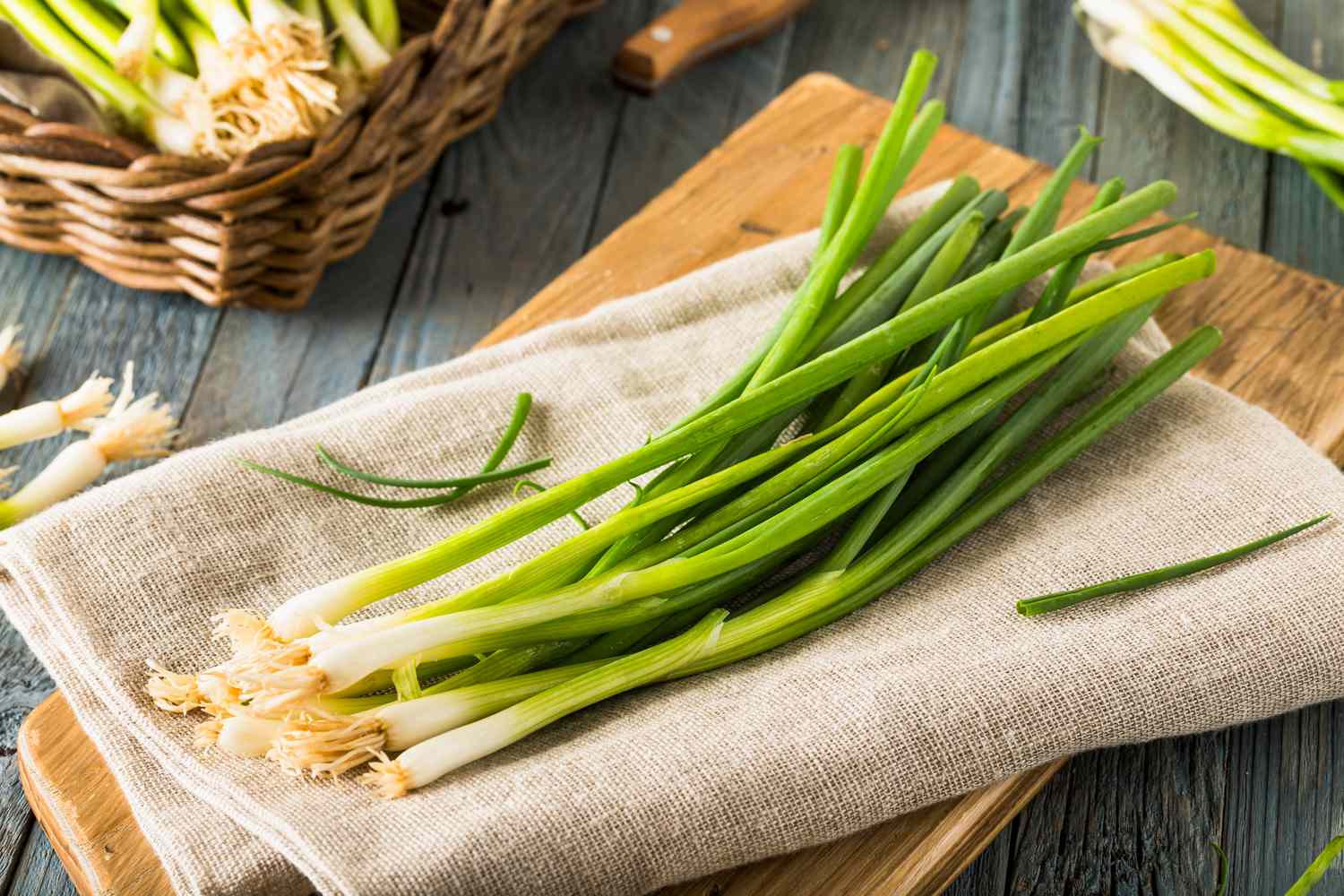
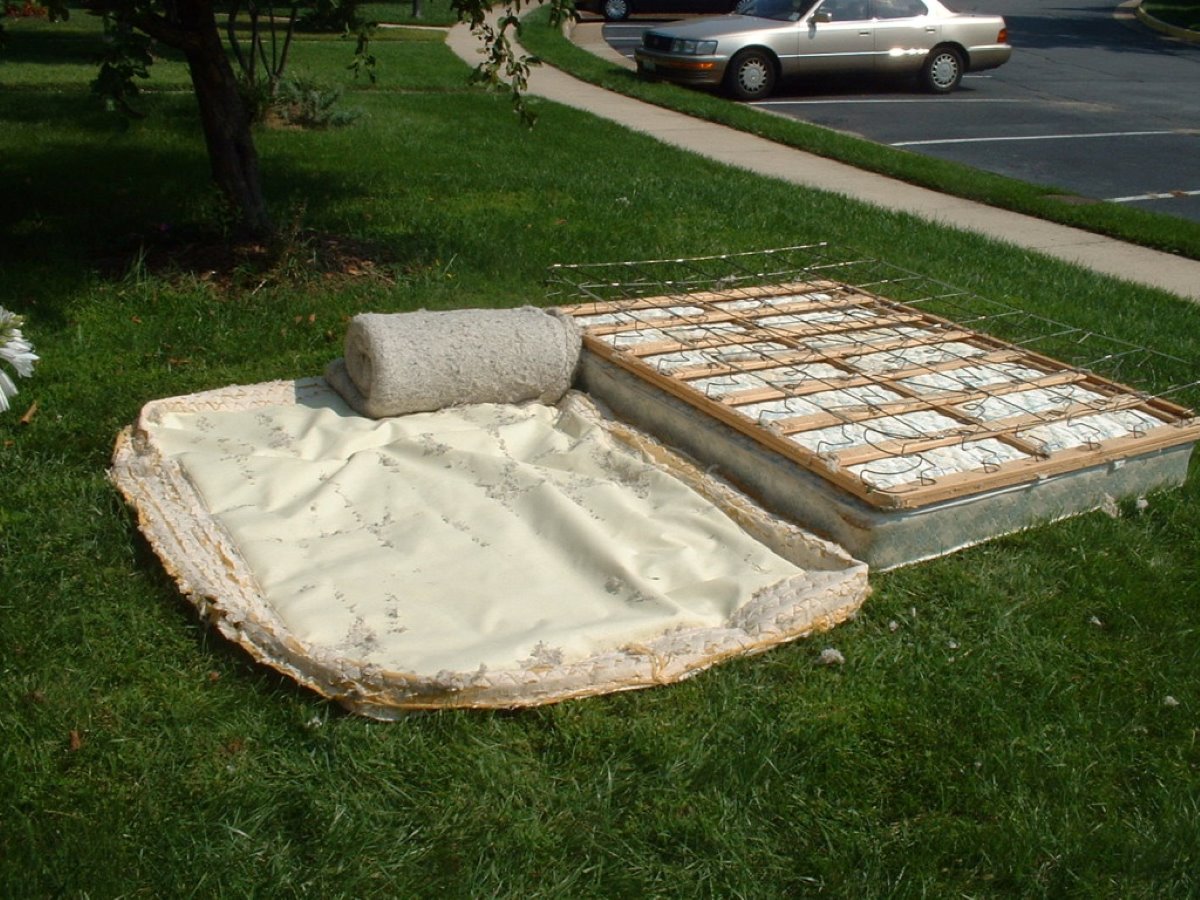


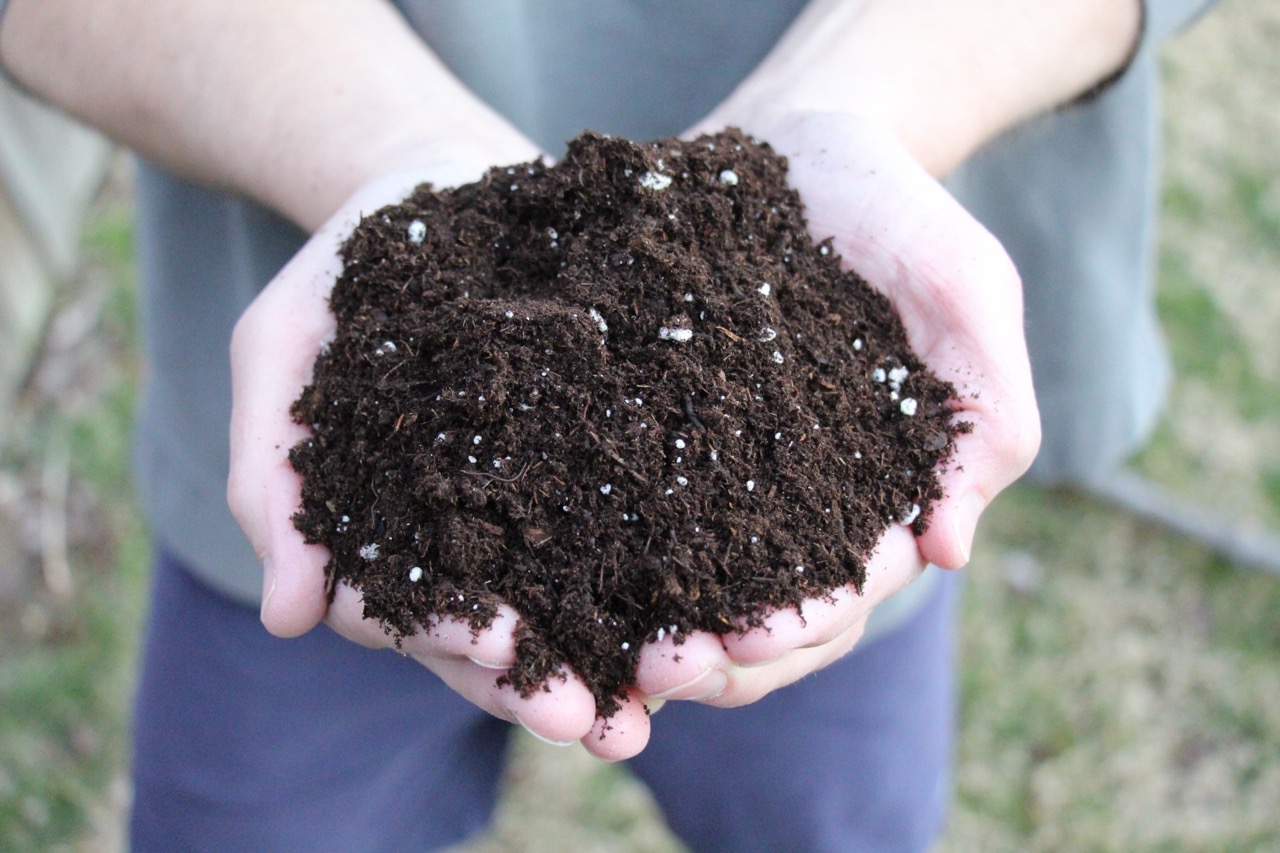



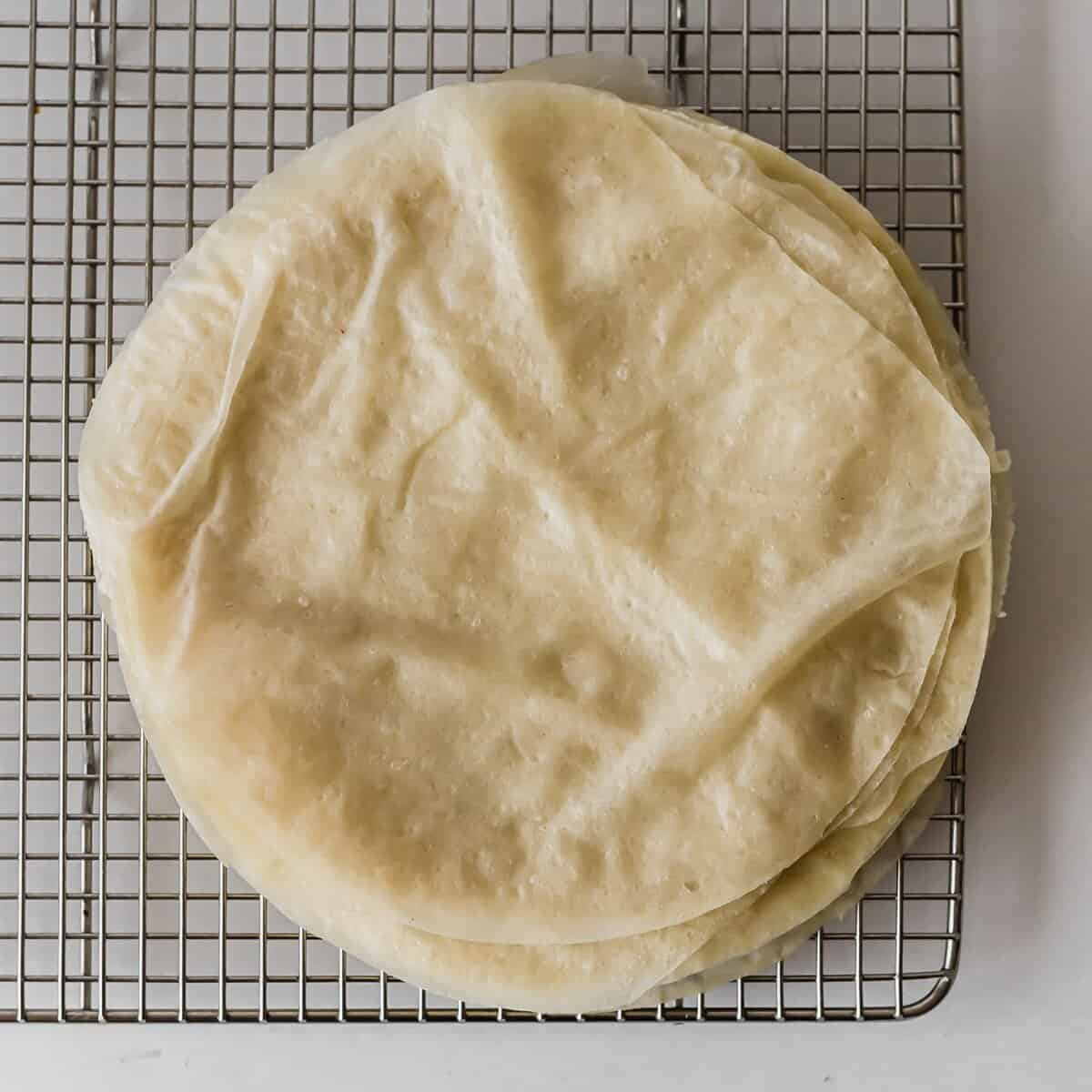
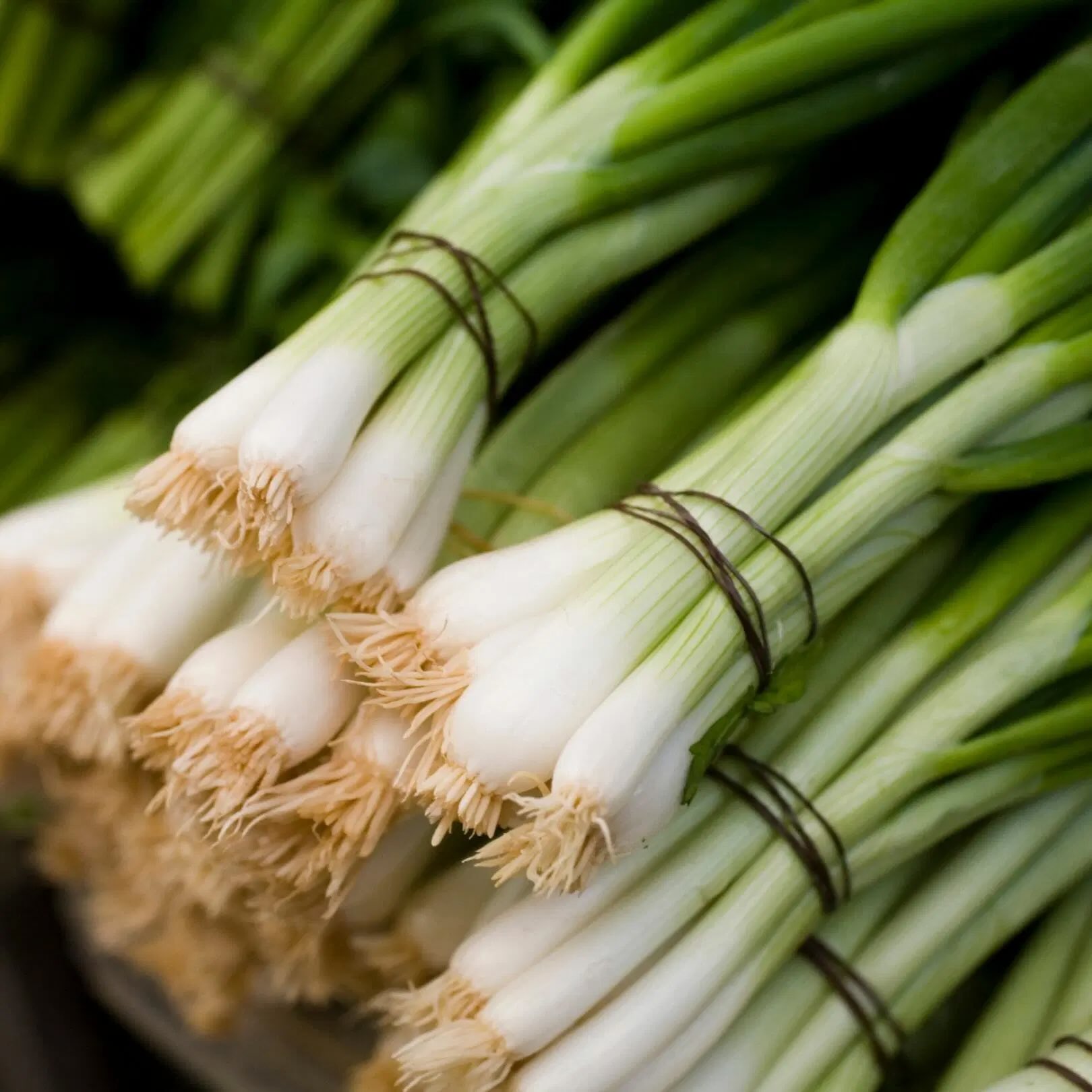
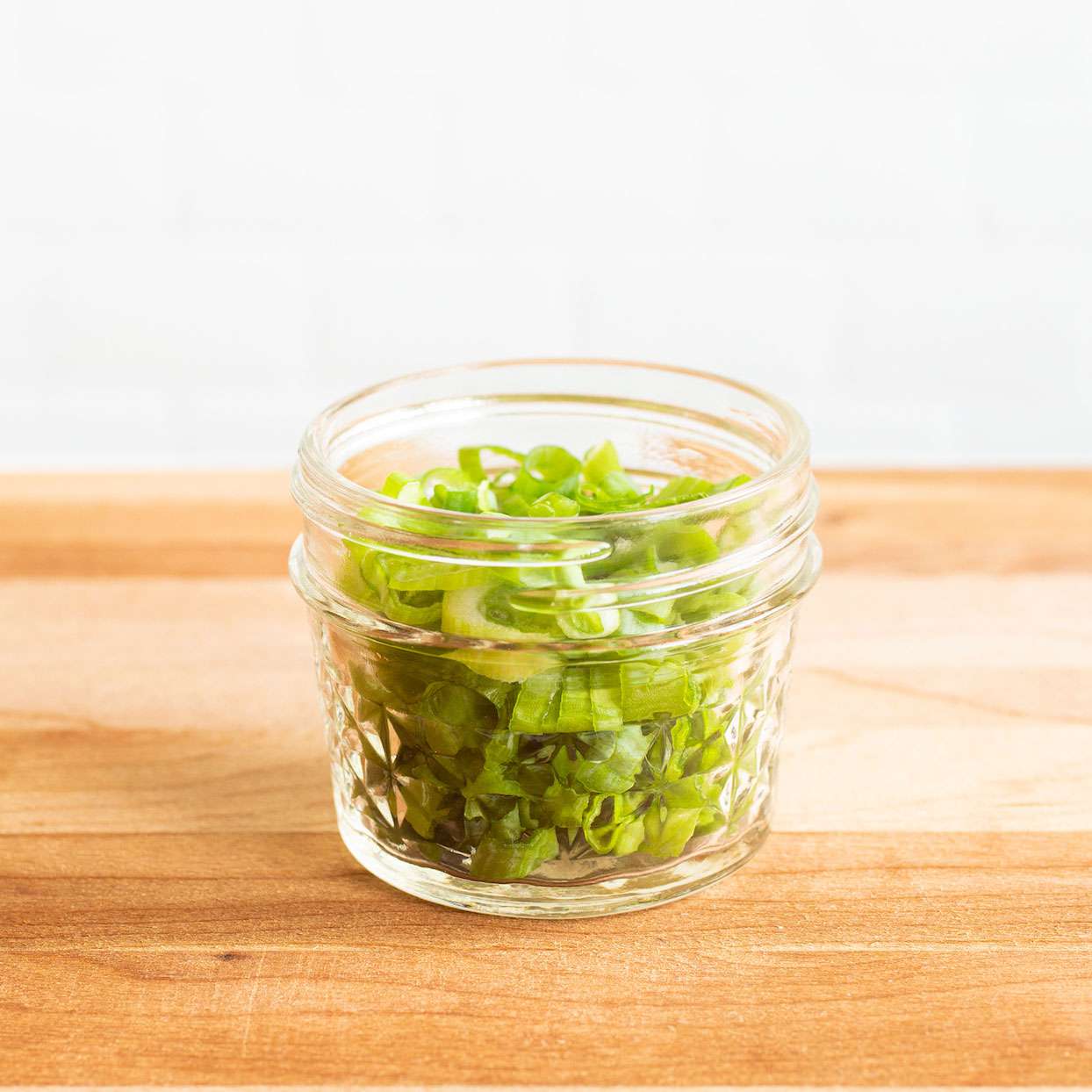

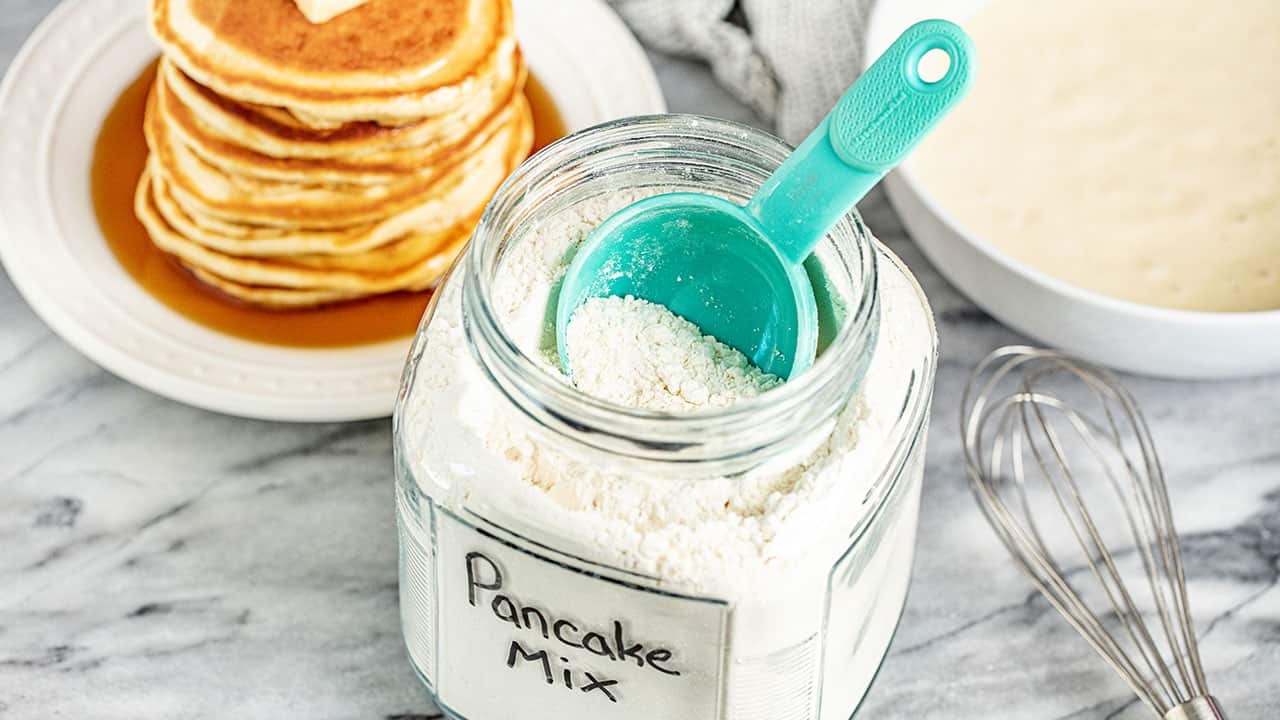

0 thoughts on “How To Store Spring Mix”